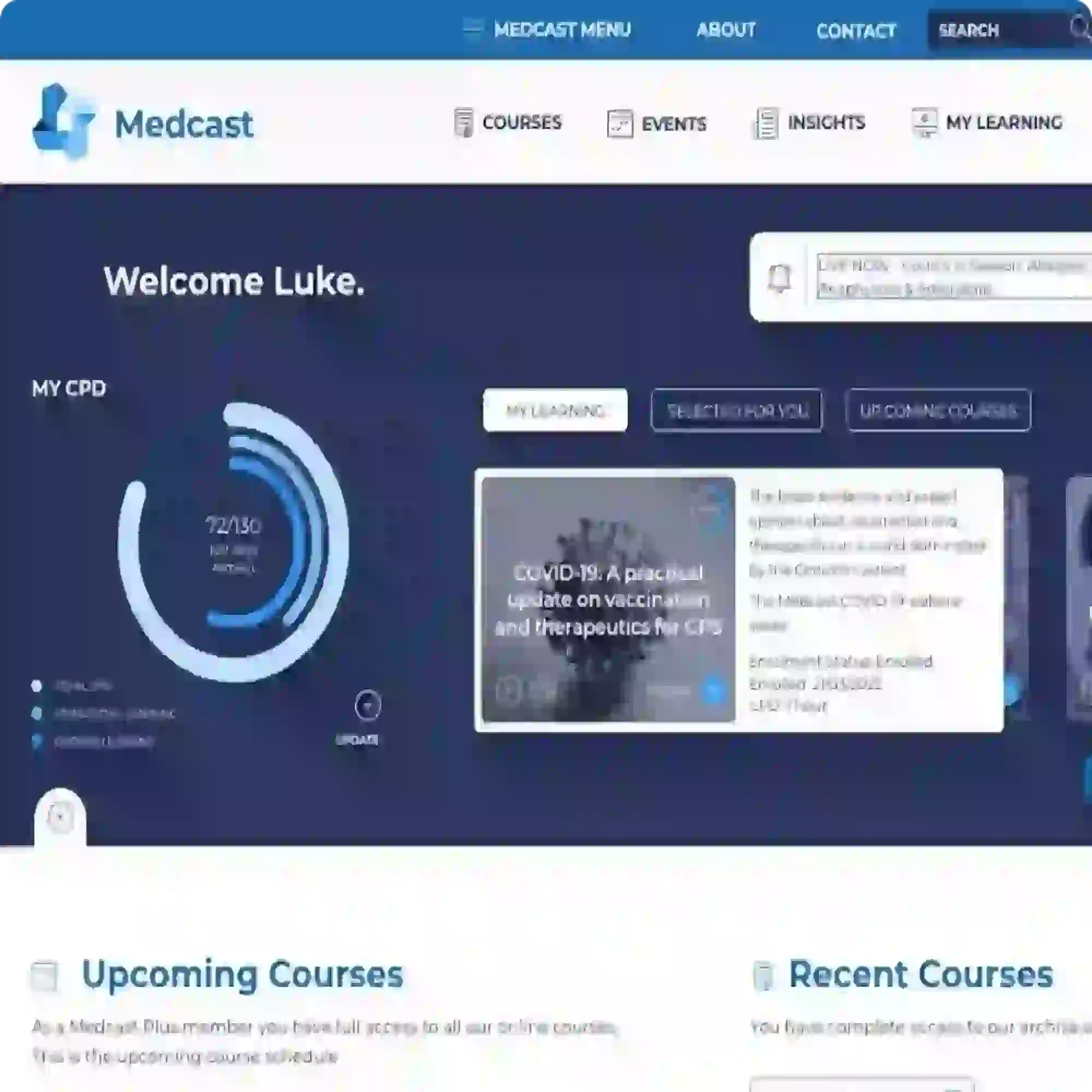Medcast news and blog
Obstetric Emergencies, can you help Lauren?
You are working in ED and have received a call from Pathology regarding blood results that you took earlier on Lauren, who is 18 years old and 30 weeks pregnant with her first child. Discover the diagnosis behind Lauren's abnormal blood results and learn the symptoms, risks, and management of this life-threatening obstetric emergency.
READ ON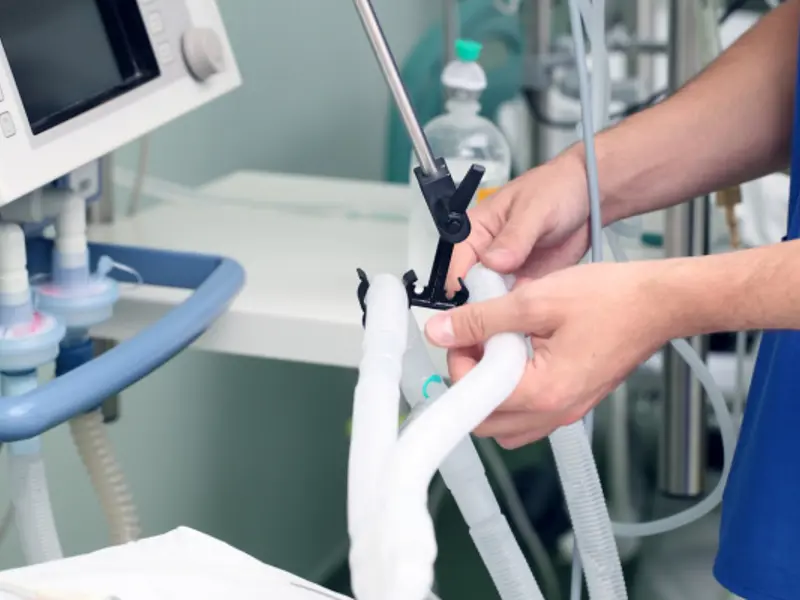
Discover the reasons behind high airway pressure alarms in ventilators, from circuit issues to patient factors like bronchospasm. Learn how to troubleshoot and optimise ventilation modes like SIMV and PCV for patients like Carl in the ICU.

Explore the critical role of graded assertiveness in healthcare communication, empowering teams to improve patient safety. Assertive communication fosters collaboration and accountability, navigating complexities within hospital settings effectively to create a culture of safety.

CRM principles grew from the airline industry's crew/cockpit resource management. A key aspect of these principles is using all available information and knowing your resources. Checklists have been a key feature for the airline industry and anaesthesia, but checklists are only as good as the training of the people using them.
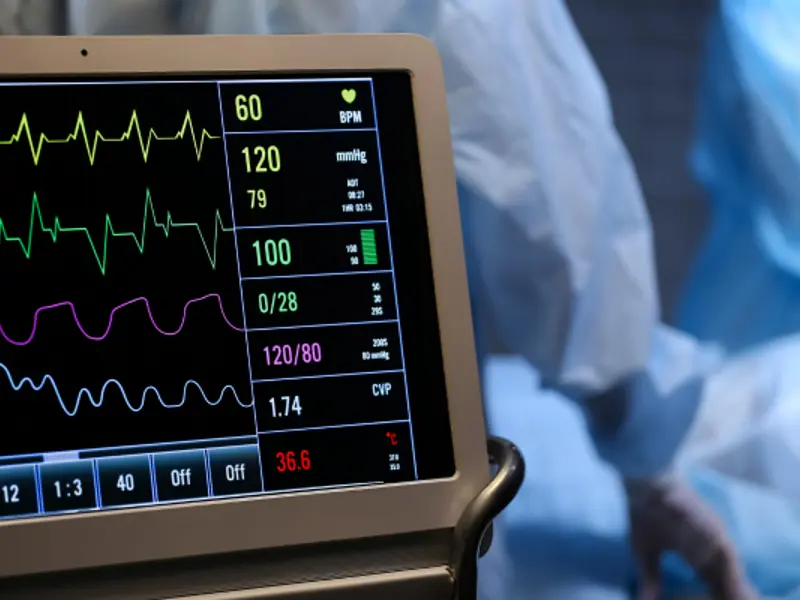
Perioperative nurses play a crucial role in ensuring patient safety during surgery. Monitoring intraoperative temperatures is essential for identifying and managing perioperative hypothermia and malignant hyperthermia, safeguarding patient well-being.
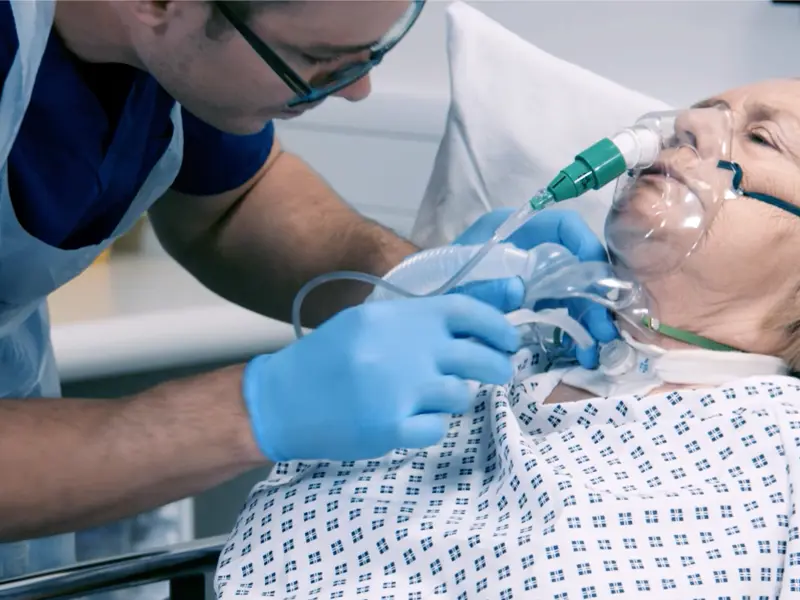
You are caring for two non-ventilated patients in ICU when your patient Sylvia’s monitor starts alarming as her SpO2 is 89%. Her monitor shows that she is also tachycardic with a heart rate of 130/ min, and her respiratory rate has increased to 30/ min. What actions should you take?
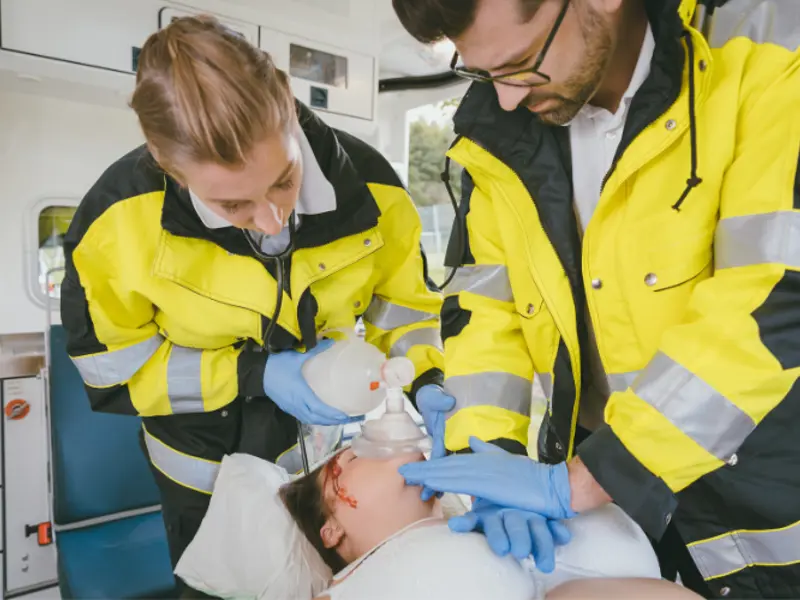
Research reveals a notable gender gap in CPR provision, with women less likely to receive timely and effective resuscitation. CPR is vital in emergencies like cardiac arrest. This blog explores reasons for the disparity, strategies for improvement, and offers guidance on performing CPR on women to enhance equitable life-saving care.

Beth reports sudden chest discomfort radiating to her left arm, along with nausea and sweating. Examining her additional symptoms, should a 12 lead ECG be prioritised?

Jane is drowsy following her appendectomy. In this case study, interpret her ABG to determine the cause.

Explore essential insights into waveform capnography for aiding the assessment of ventilation and perfusion and guiding appropriate clinical interventions to optimise patient outcomes. This blog summarises the key ways clinicians can interpret End-tidal CO2 monitoring.
